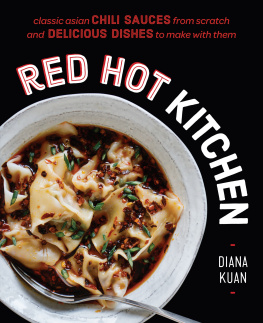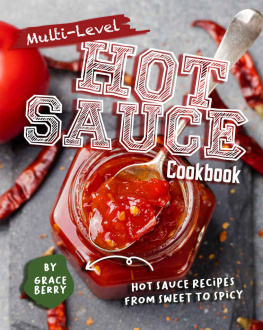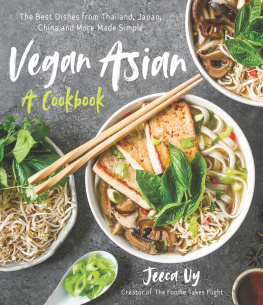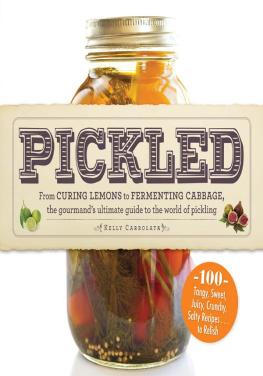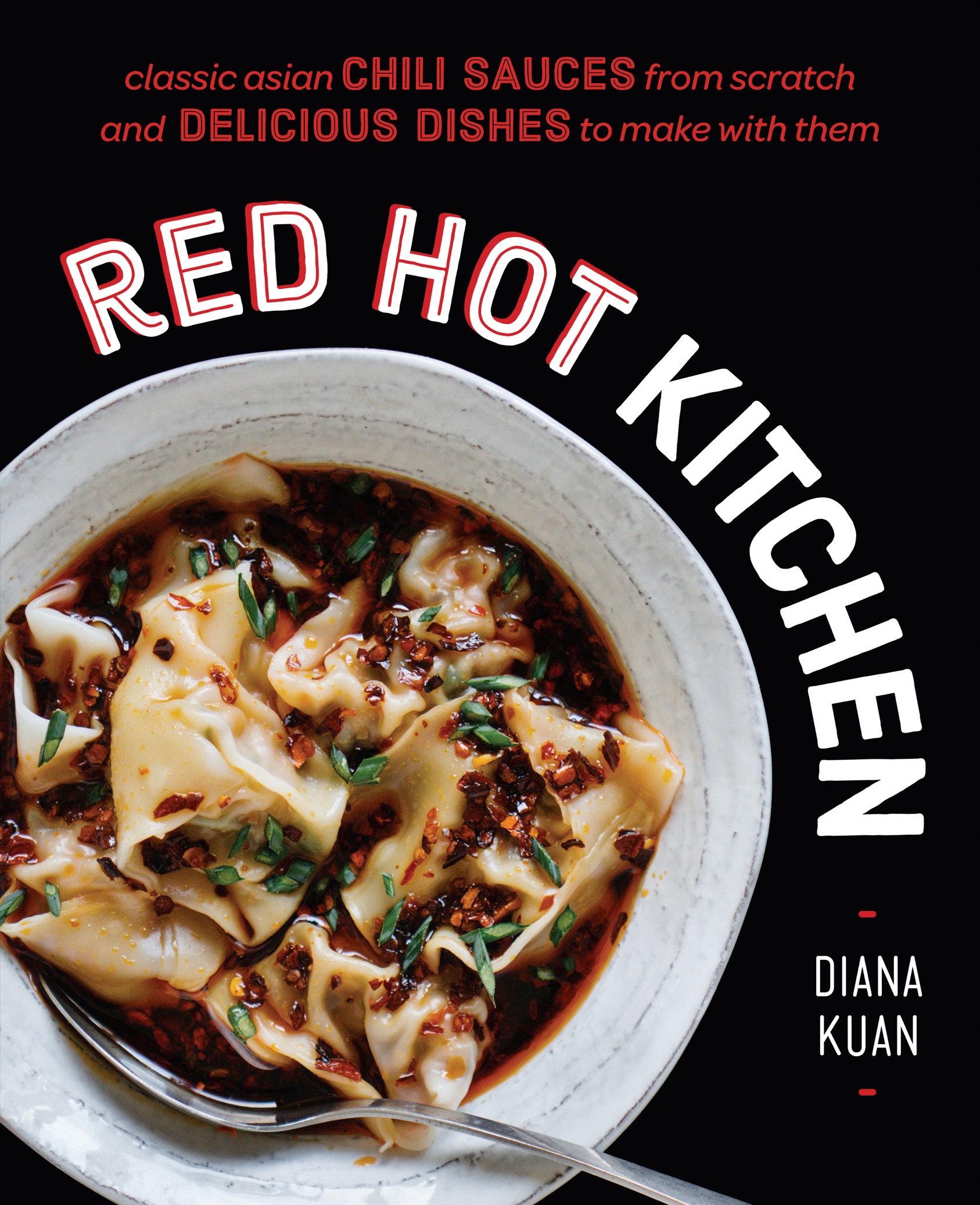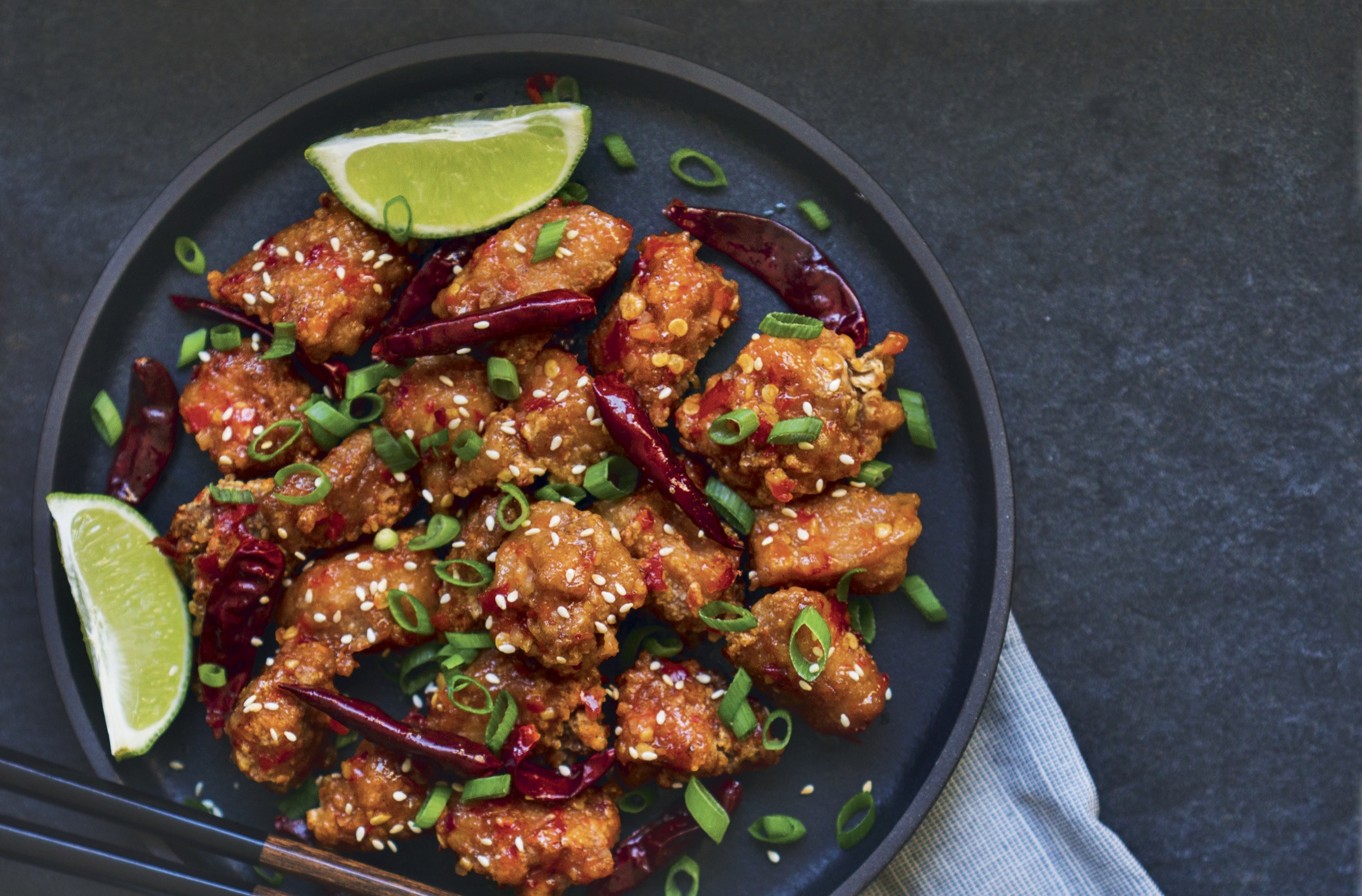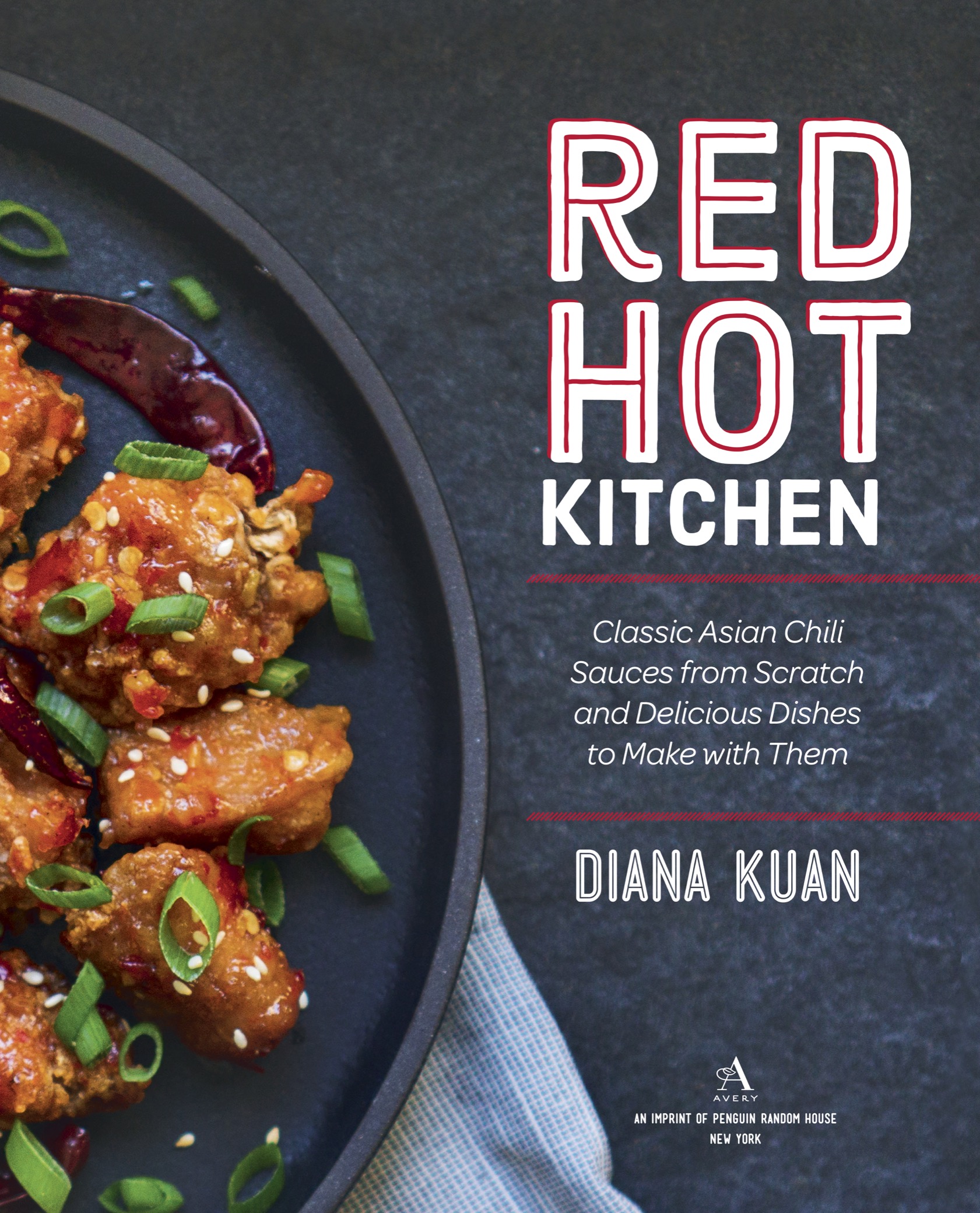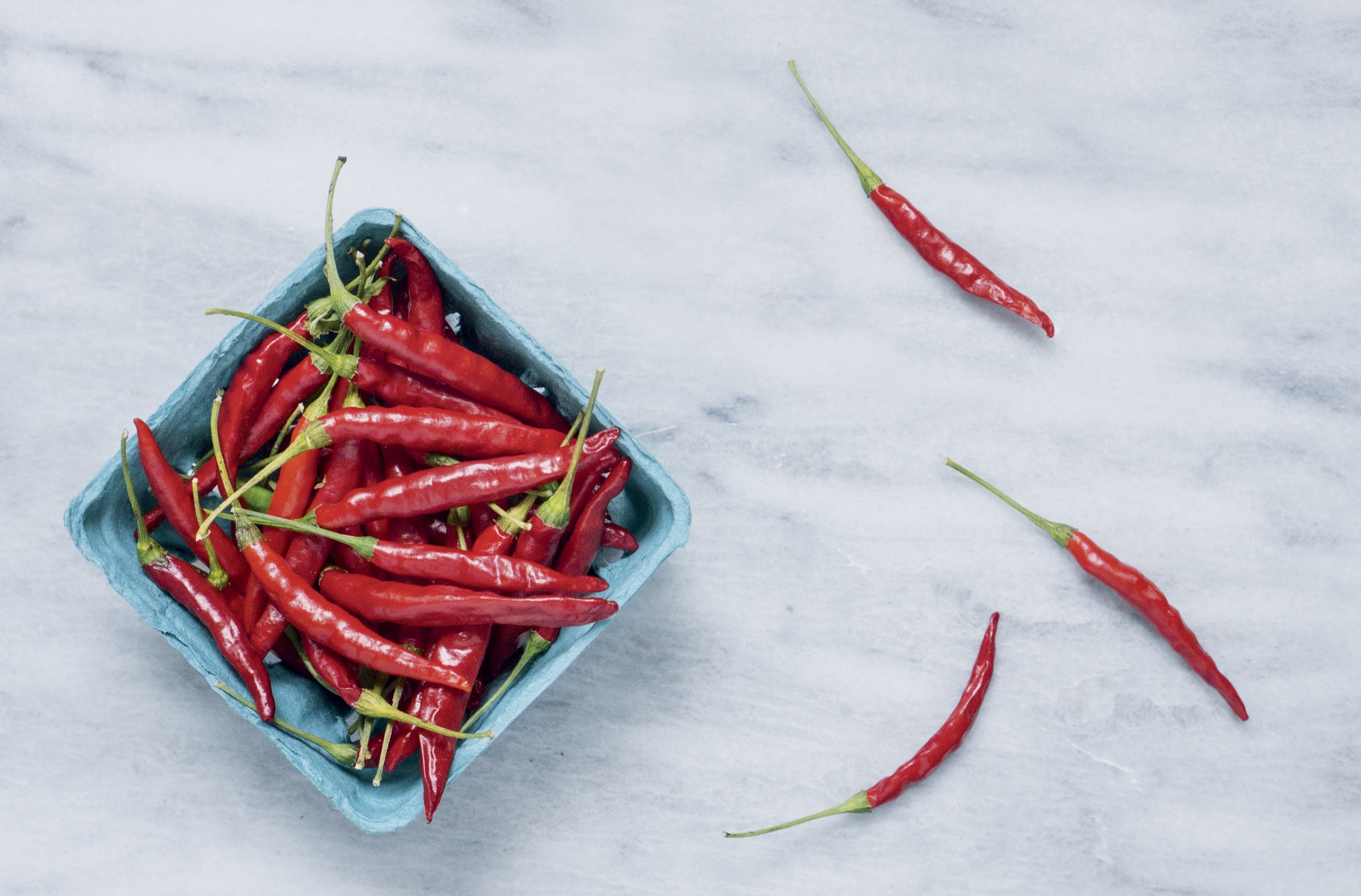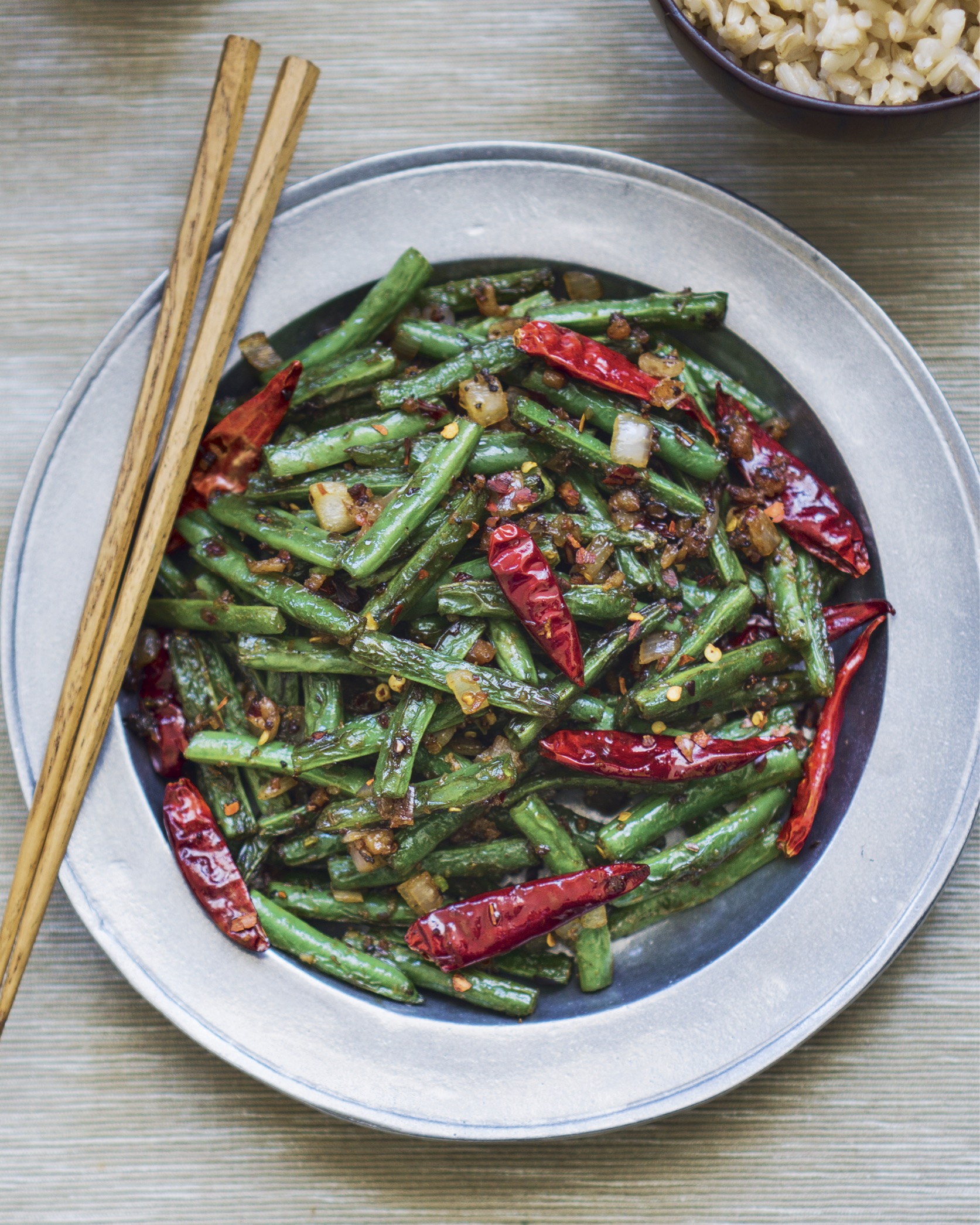Penguin supports copyright. Copyright fuels creativity, encourages diverse voices, promotes free speech, and creates a vibrant culture. Thank you for buying an authorized edition of this book and for complying with copyright laws by not reproducing, scanning, or distributing any part of it in any form without permission. You are supporting writers and allowing Penguin to continue to publish books for every reader.
Neither the publisher nor the author is engaged in rendering professional advice or services to the individual reader. The ideas, procedures, and suggestions contained in this book are not intended as a substitute for consulting with your physician. All matters regarding your health require medical supervision. Neither the author nor the publisher shall be liable or responsible for any loss or damage allegedly arising from any information or suggestion in this book.
The recipes contained in this book have been created for the ingredients and techniques indicated. The publisher is not responsible for your specific health or allergy needs that may require supervision. Nor is the publisher responsible for any adverse reactions you may have to the recipes contained in the book, whether you follow them as written or modify them to suit your personal dietary needs or tastes.
TO MY FAMILY IN MASSACHUSETTS, PUERTO RICO, HONG KONG, AND MAINLAND CHINA, WHO INSTILLED IN ME AN EARLY LOVE OF FOOD THAT IS STILL IN FULL FORCE TODAY
INTRODUCTION
SOME LIKE IT HOT
LIKE MANY KIDS IN THE US, I DIDNT GROW UP LOVING SPICY FOOD. My family is originally from Hong Kong and Southern China, and the food that my mom cooked at home, true to its Cantonese roots, was extremely flavorful but incorporated minimal amounts of sauces and spices. And no chilies. To most people with a Cantonese background, including my dad and grandparents, the hot sauces used in Sichuan, Hunan, and other parts of China were heavy-handed and masked the freshness of vegetables, seafood, and meat. And so our kitchen and dining room table remained chili-free.
Eating out was a different story. Despite what she cooked for us at home, my mom occasionally had a hankering for the hot stuff. When we went out to noodle shops in Bostons Chinatown, periodically a bright red bottle of Sriracha would show up on the table. While not Chinese, Sriracha from the Huy Fong brand, created by a Chinese-Vietnamese immigrant to the United States, and based on a Thai chili sauce, had become a staple in American Chinatowns by the mid-1990s. My mom loved to add a few dabs to her hand-pulled noodles, so one day I tried a few squirts on mine. The heat was so intense I almost cried. And avoided hot sauces for years after.
It wasnt until I moved to Beijing at the age of twenty-five that I started eating spicy food on a regular basis. The city was two thousand miles from Sichuan Province, but Beijingers wholeheartedly adopted the hot, numbing cuisine as their own. It wasnt uncommon to see city blocks with rows of Sichuan restaurants, one after the other, with window ads showcasing hotpots bubbling with bright red broth and signature dishes smothered with smoked chilies. Beijingers seemed to subsist primarily on Sichuan food, with local Beijing treats like boiled dumplings, hand-pulled noodles, and other street snacks to supplement the diet. And I followed suit.
Within a couple of months, I was addicted to the hot, sour, smoky flavors of Sichuan food, so much so that when I traveled to locales with less fiery foods, I went through Sichuan food withdrawal. In the two years that I lived in China, I also took periodic trips around East and Southeast Asia and, in addition to Sichuan chili oil, also became hooked on Korean gochujang, Indonesian sambal, and Japanese yuzu kosho. I also became addicted to Thailands nam prik pao, red curry paste, sweet chili sauce, and, of course, traditional Sriracha. I even discovered that Hong Kong, home of the mild cuisine my family cooked, had its own incredibly addictive chili pasteXO sauce.
Chilies are so integral to the cuisines of many areas in Asia that its surprising they didnt make their appearance on that continent until just a few hundred years ago. Ethnobotanists believe that chili peppers originated in Mexico, Bolivia, and Brazil, but by the fifteenth century, humans and birds (see ) had spread them throughout South and Central America. Like tomatoes, maize, and squashes, chilies had long been an established part of most diets across the Americas, but unknown to the rest of the world until Christopher Columbus hit the Americas in the 1490s while trying to find Asia. Just as he confused the Americas for India, he also mistook chilies for black pepper (hence today these piquant plants are called both chilies and peppers).
Columbus brought chilies back to the Iberian Peninsula, where they were grown and sold as curious ornamental plants rather than as cooking ingredients. In the 1500s, Portuguese traders brought chilies to India and along the way, gained control of the spice trade in Goa. Goan cooks readily incorporated chilies into their cuisine, which already featured an abundance of spices, including black pepper, cinnamon, and cardamom. It is theorized that India, Portuguese, Indian, and Arab traders brought chilies to the Malay Peninsula, Thailand, Java and Sumatra, the Philippines, China, and Japan; later on, in the 1600s, Portuguese missionaries introduced them to Korea.
A plant thats easy to grow in a variety of climates, chilies and their culinary use spread quickly around Asia. They were also cheap, abundant, and naturally antimicrobial, so not only did they keep meat and vegetables from spoiling, but sauces made with chilies could be preserved without refrigeration.
Moving back home to New York from China, I started experimenting with making my own chili sauces. While Asian markets abound in the city and my favorite hot sauces were easy to find, I found that I preferred buying fresh chilies from the farmers markets and tweaking chili sauces to my ideal levels of spiciness.

